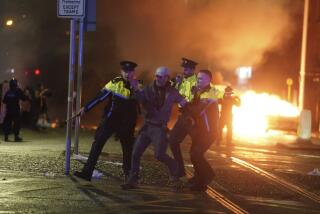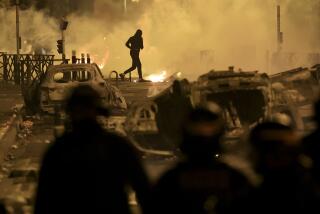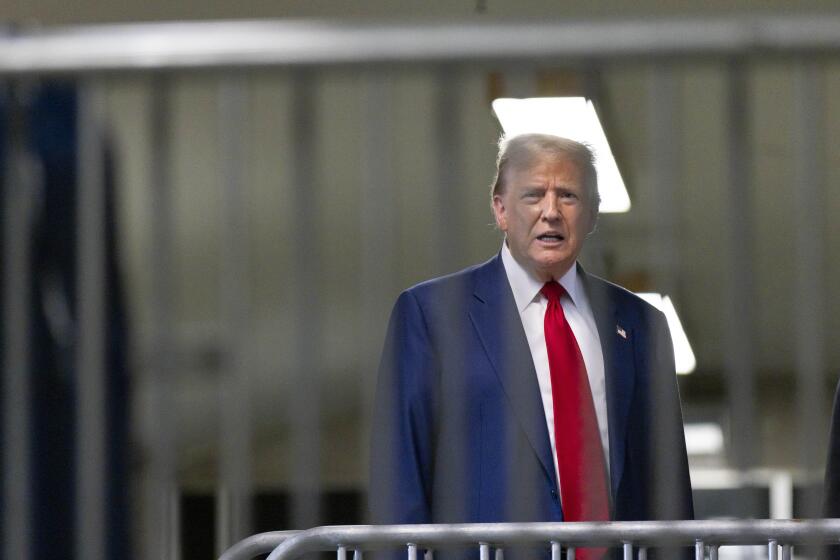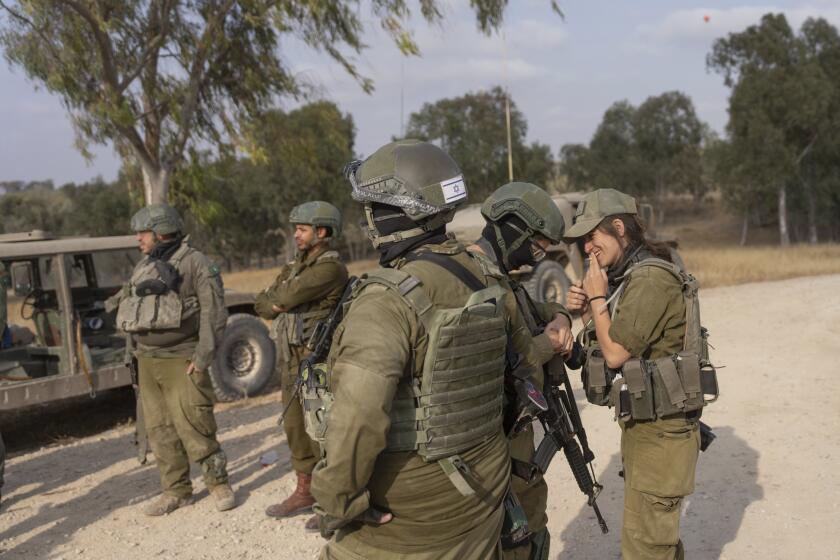Riots spread in London
Looting and arson by gangs of youths spread Monday from poor northern districts of London to the south, to tourist areas of the capital and to Britain’s second-largest city as police flooded the streets and announced scores of new arrests.
Prime Minister David Cameron and other senior officials broke off their vacations and returned to London to try to stem the worst outbreak of urban violence in Britain in a quarter-century. It started Saturday night after a peaceful protest over the police shooting of a 29-year-old man in an operation to control illegal firearms.
Some community leaders say the violence appears to also be a reaction to frustration over high unemployment and cutbacks in government services in mixed-race, low-income neighborhoods.
Others called it merely an opportunistic crime spree by youths who figured out that by organizing through social media, they could outwit the outnumbered police. Youths wearing balaclavas and wielding sticks and iron rods meet up to vandalize and loot shops where they can smash windows or break open the doors.
Shops shut early Monday evening and all London’s district governing councils were on alert. Police warned residents to be vigilant as news of rioters fanned through the city. Some people out shopping or on errands found themselves caught up in aggressive mobs of youths.
By Monday afternoon, London police had arrested 215 people and charged 27 with burglary, theft and violent disorder.
Home Secretary Theresa May, who broke off her vacation to deal with the crisis, said 35 police officers had been injured since the riots began. May called the violence unacceptable. “There is no excuse for looters, thuggery or violence going on in the streets,” she said.
Cameron was to hold a meeting of an emergency management team Tuesday morning.
Violence has spread from the Tottenham district, where it broke out late Saturday, across other low-income, multiethnic districts in north London. On Monday, trouble broke out in the northeast borough of Hackney, and in the southern areas of Lewisham and Peckham, where buildings, cars and buses were set on fire and windows were smashed. Some looting was reported in Oxford Circus in the city center.
In Birmingham, Britain’s second-largest city, youths broke windows and looted stores; police arrested at least 35 people. Rioting was also reported in Liverpool.
The number of police across London in full riot gear had been tripled since Saturday, Deputy Commissioner Stephen Kavanagh told the BBC, and more police were being brought in from outside the city. Mounted police moved in to support the ground force in controlling rioters in Hackney late Monday.
Many residents of the communities said they regarded the rioting as vandalism rather than a legitimate protest. But Elizabeth Pears, a freelance journalist from north London, also told the BBC, “There are a lot of angry young people, there is high unemployment and youth centers have been closed down, and there is a problem with relations between the people and police.”
Critics say the government was ill-prepared to handle a law enforcement crisis. Government ministers were on vacation, and the London police force lost its chief and deputy chief, who resigned over the recent phone hacking scandal.
Deputy Prime Minister Nick Clegg, who returned to London on Monday, said the riots had nothing to do with the death of 29-year-old Mark Duggan in the police action in Tottenham. “It was needless, opportunistic theft and violence,” he said. He rejected criticisms that the government had left the country rudderless in a summer of social and financial troubles.
Stobart is a news assistant in The Times’ London bureau.
More to Read
Start your day right
Sign up for Essential California for news, features and recommendations from the L.A. Times and beyond in your inbox six days a week.
You may occasionally receive promotional content from the Los Angeles Times.






